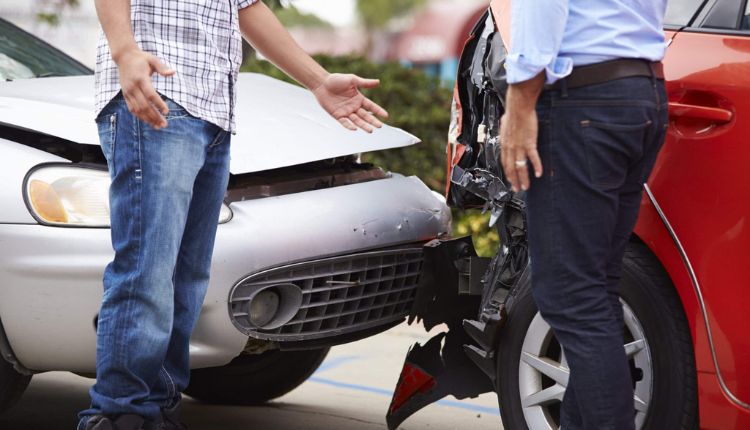Understanding who is at fault in a car accident is crucial for personal injury claims. Fault determines who pays for damages and injuries, affecting everyone involved. You might wonder how fault is established and what steps you should take. Different factors, such as traffic laws, police reports, and witness statements, play a role.
Each piece helps to build the picture of what happened. Insurance companies and legal experts, like Groth Law, often work together to assess these factors. Their goal is to figure out who is responsible. This process can feel overwhelming and confusing, especially when dealing with the aftermath of an Car Accident. Knowing what to expect and the basics of how fault is determined can offer clarity. It may also ease some of your stress. Here, we will explore how fault is determined and what actions you can take to ensure a fair outcome.
Factors Determining Fault
Several factors help determine who is at fault in a car accident:
- Traffic Laws: Violations such as speeding or running a red light play a significant role in determining fault.
- Police Reports: Police gather evidence and provide an official Car Accident, often used in claims.
- Witness Statements: Witnesses offer additional perspectives on the incident, helping to clarify events.
Understanding and presenting these factors effectively can guide the outcome of your claim. For detailed information on traffic laws, refer to the National Highway Traffic Safety Administration.
The Role of Insurance Companies
Insurance companies examine all evidence to decide on fault. Their decision impacts how claims are processed. Knowing how insurance companies work helps set realistic expectations. They look at:
- Policy Details: These specify the coverage and conditions that apply.
- Evidence: Includes photos, reports, and statements.
- Comparative Negligence: Fault may be shared between parties, adjusting compensation accordingly.
For an overview of how insurance impacts claims, visit USA.gov.
State-Specific Laws
Different states have different rules about fault:
| State | Fault Rule | Implication |
| California | Pure Comparative Fault | Each party is responsible for their share of fault |
| Texas | Modified Comparative Fault | If you’re more than 50% at fault, you cannot recover damages |
Understanding your state’s rules is crucial. It impacts both claims and compensation. Make sure to check your state’s specific regulations.
Steps to Take After an Accident
Knowing what to do after an Car Accident can make a big difference:
- Ensure Safety: Move to a safe area and check for injuries.
- Contact Authorities: Call the police to report the accident.
- Gather Information: Collect details from all parties involved, including witnesses.
- Document the Scene: Take photos and notes of the accident scene and damages.
- Notify Your Insurance: Report the incident to your insurance company.
These steps help protect your rights and interests in the claim process.
Seeking Expert Help
Sometimes, seeking expert help is wise. Legal professionals can offer guidance tailored to your situation. They understand the complexities and can advocate for your best interests. This support can relieve stress and help ensure a fair outcome.
Conclusion
Determining fault in a car accident is complex but essential. It affects who pays for damages and how much compensation you might receive. Understanding the factors at play and taking the right steps can make the process smoother. Always remember, knowing your rights and seeking help when needed can provide peace of mind and the best possible outcome.

